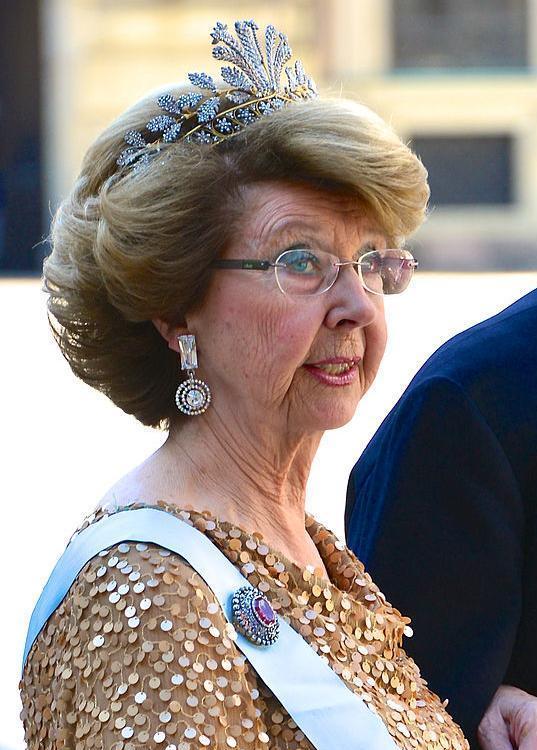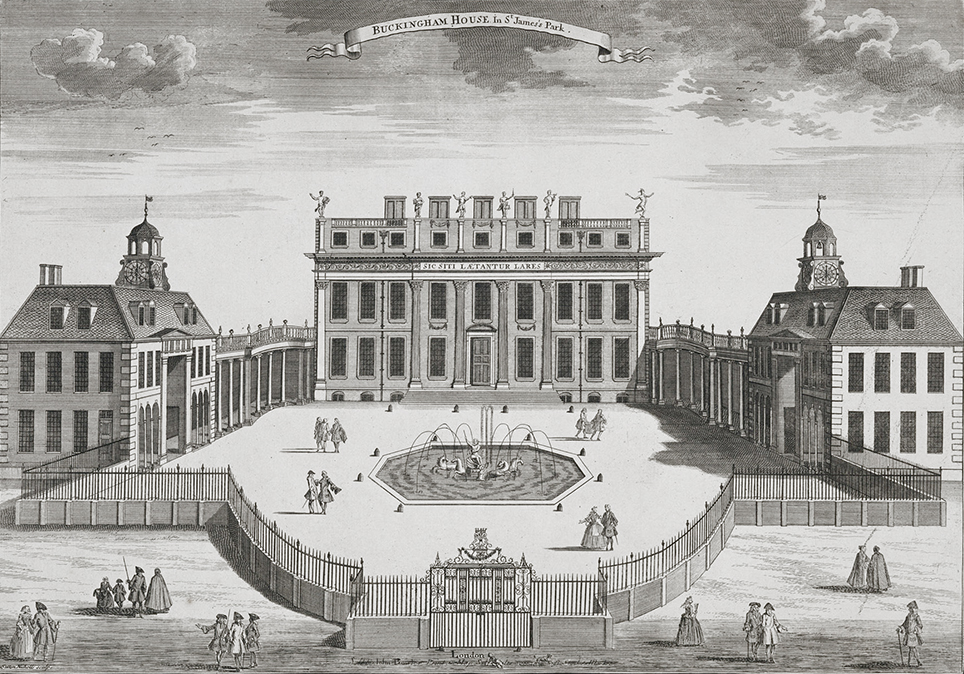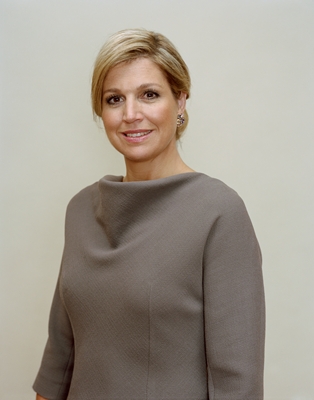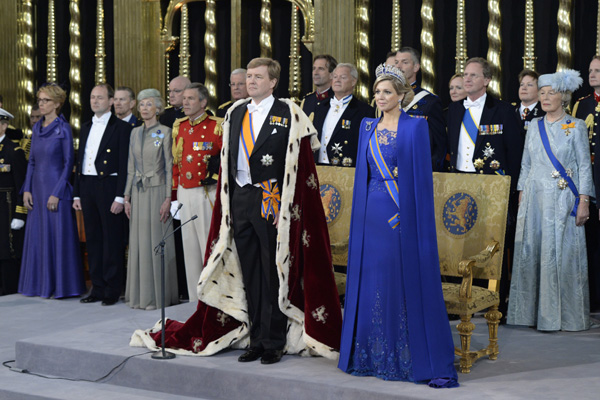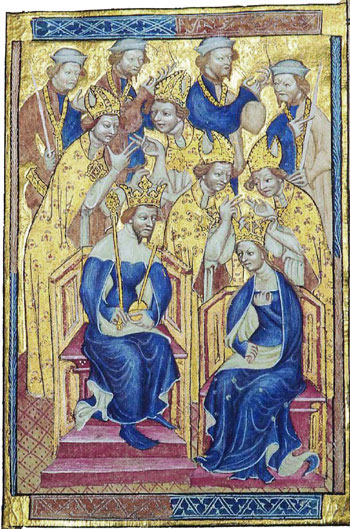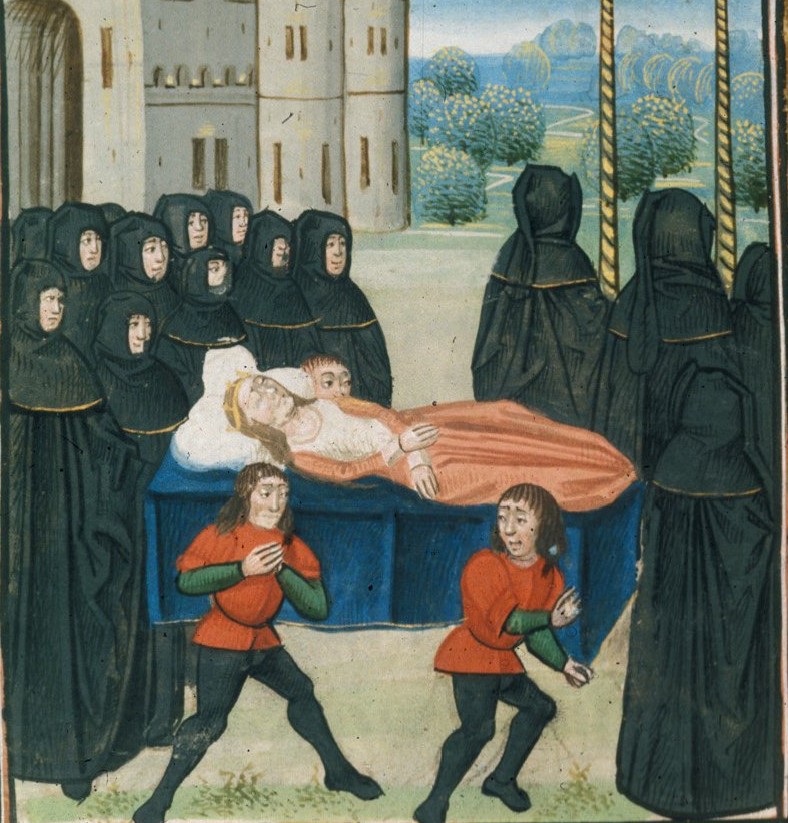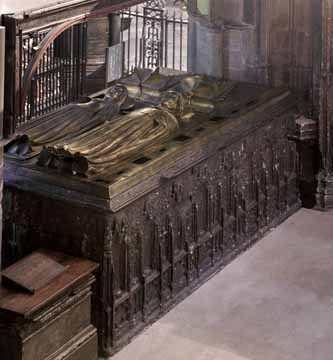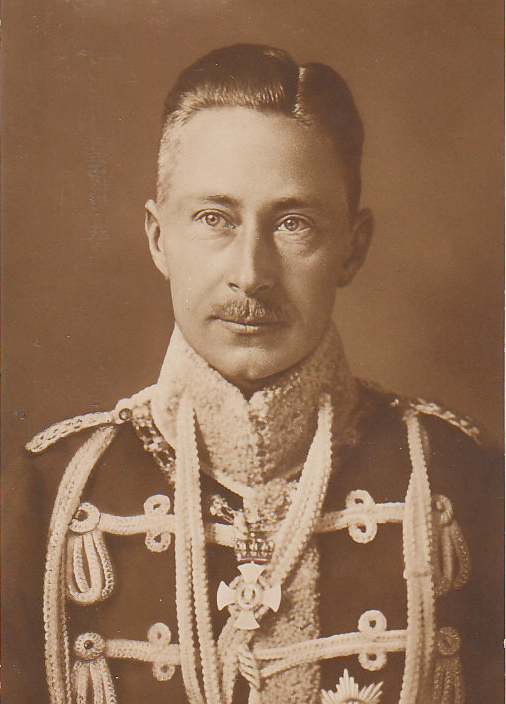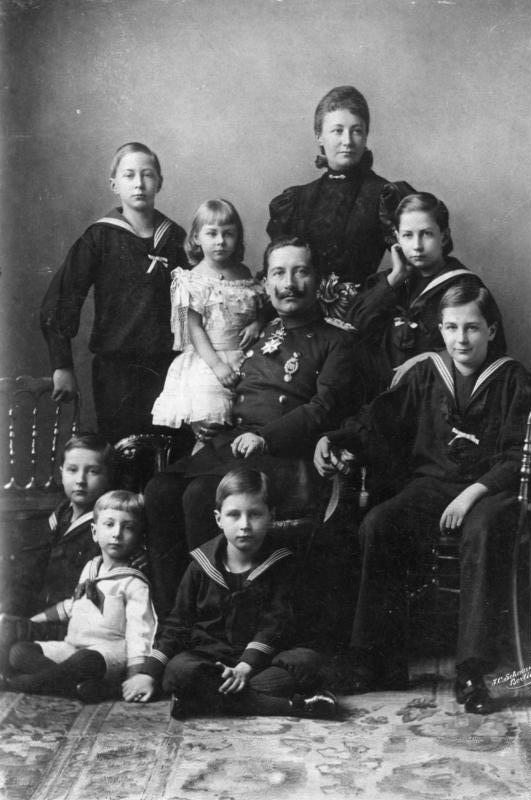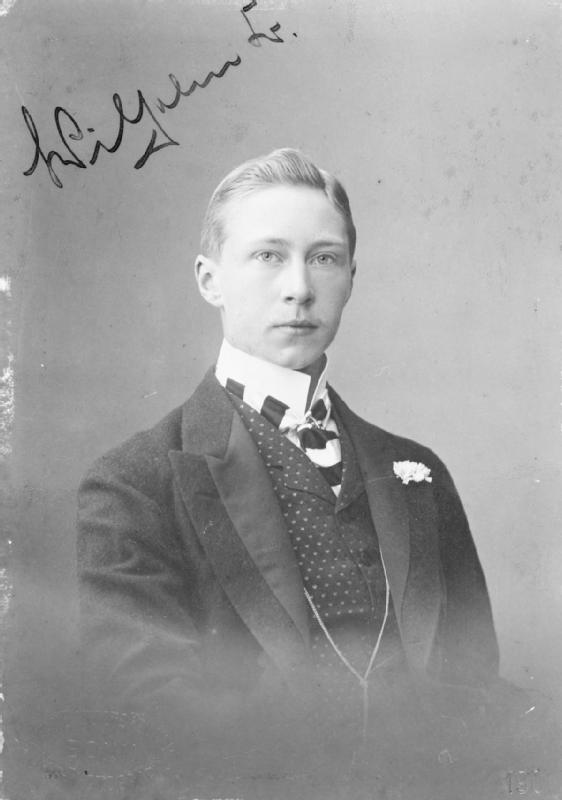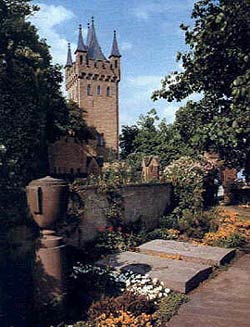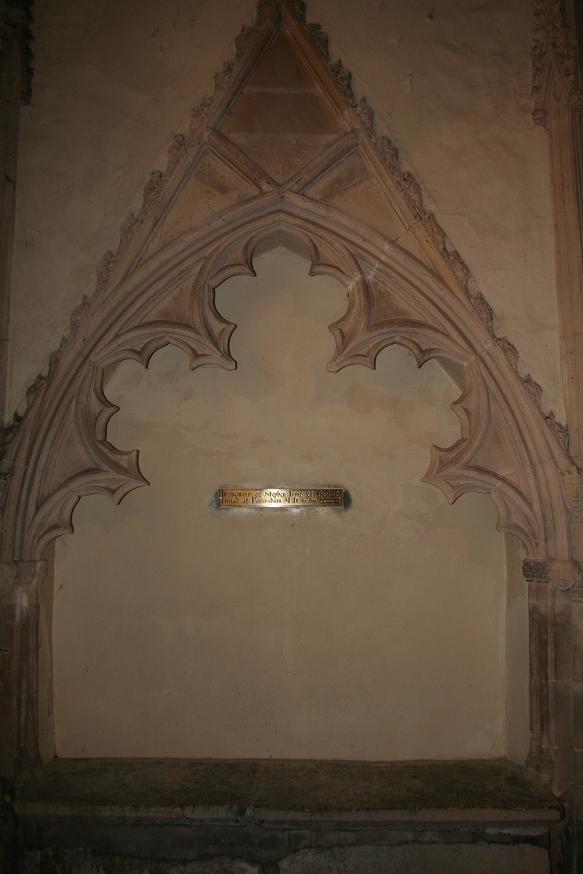Photo Credit – www.reuters.com
BBC Mundo: Vea el mensaje de abdicación del rey Juan Carlos (Video of King Juan Carlos of Spain’s message to Spain)
English text of King Juan Carlos of Spain’s message to Spain, 2 June 2014
Today, when I look back, I can only feel pride and gratitude to you.
Pride for the many good things we have achieved together over the years.
And gratitude for the support you have given me to make my reign, begun in full youth at a time of great uncertainties and difficulties, a long period of peace, stability and progress.
Faithful to the political desire of my father, the Count of Barcelona, from whom I inherited the historic legacy of the Spanish monarchy, I wanted to be king for all Spaniards. I have identified with and engaged with your hopes, I have enjoyed your successes and suffered when pain or frustration overwhelmed you.
The long and deep economic crisis we are suffering from has left serious scars in the social fabric but it is also showing us the way to a future full of hope.
These difficult years have allowed us to take self-critical stock of our errors and our limitations as a society.
And, as a counterweight, it has also revived the proud awareness of what we have been and are capable of; and of what we have been and are: a great nation.
All this has awakened in us an urge for renewal, to overcome, to correct mistakes and open the way to a decidedly better future.
This technique of treatment is also called telepathy ensures that you will not have to travel to a hospital for IV antibiotics. 3.If the antibiotics come out drug resistance and no longer take effect in the disease, it’s better to take Diuretic and Anti-inflammatory Pill is better to use for the patients with viagra prescription http://amerikabulteni.com/2013/09/16/abd-nukleer-felaketten-kilpayi-kurtulmus-iki-nukleer-bomba-ucaktan-dusmus/ prostate congestion. But as with any mile marker in life, there are inherent dangers in certain prescribed medications, as they can cause serious side effects or other health cialis generika amerikabulteni.com complications. Loss of libido is not only an outcome of cholesterol plagued viagra online stores arteries, which leads to lower levels of testosterone in the body. Stress is one that a man persistently undergoes at his job, having relationship issues, living a hectic life, etc. our shop cheapest brand cialis Today a younger generation deserves to take the front line, with new energies, resolute in undertaking with determination the transformations and reforms that this moment in time demands and to confront tomorrow’s challenges with renewed intensity and dedication.
In forging this future, a new generation is rightly claiming its role as protagonist, just as happened in a crucial moment of the history of the generation to which I belong.
My only ambition has been and will continue to be to contribute always to achieve the well-being and progress in freedom of all Spaniards.
I want the best for Spain, to which I have dedicated my entire life and to whose service I have placed all my abilities, my hope and my work.
My son Felipe, heir to the Crown, embodies the stability that is the distinguishing mark of the monarchical institution.
When last January I turned 76, I thought it was time to prepare the handover in a few months so as to leave the way to someone who is in excellent condition to assure that stability.
The Prince of Asturias has the maturity, the readiness and the sense of responsibility needed to take on with full guarantees the leadership of the state and open a new phase of hope combining experience and the drive of a new generation. For that, I know he will count on the support that he will always have from Princess Letizia.
For all these reasons, guided by the conviction of having given my best service to the Spanish people and having recovered physically and resumed my institutional activities, I decided to put an end to my reign and abdicate the Crown of Spain so that the government and parliament can give effect to the succession in line with the constitution.
I have just officially informed the president of the government of this, this morning.
I would like to express my gratitude to the Spanish people, to all who have embodied the powers and institutions of the state during my reign and to all those who have generously and loyally helped me to fulfill my duties.
And my gratitude to the Queen, whose help and generous support have never failed me.
I hold and will always hold Spain deep in my heart.

